Lando Norris feels driver demands over eliminating track limits are impossible, and has questioned why they are even being asked for their input into the problem.
Max Verstappen lost his pole lap at the United States Grand Prix for exceeding track limits before the FIA stepped in overnight into Saturday to create thicker white lines at problematic corners, such as Turns 12 and 19.
Drivers have long suggested that the current breed of F1 car makes it hard for them to stay within track limits - marked by the thin white line, with this not being a problem for previous generations owing to the presence of gravel on the outside of corners.
This is not possible owing to F1 sharing venues like COTA or Silverstone with MotoGP for whose riders gravel is dangerous if they crash at high-speed.
While Norris called for more cameras to be put in place to monitor track limits, he voiced his frustration at the problem - and that drivers were coming up with potential solutions, believing it should not be the case.
Viewed by others:
Norris frustrated over track cuts and track limits
"It is probably not clear enough, it is the same as [Max] Verstappen going off in Q3 in Qatar in Turn 7 or 8," Norris told media including RacingNews365.
"For anyone who has a decent idea, it was so clearly off the track, but the ruling is that is has to be clear enough for the FIA.
"It needs to be basically clear that tyres are off and an on-board camera doesn't prove anything.
"Even though you might see the white line, if the rear wheel might potentially be in, then you can't be classified as being out.
"They basically have to put in more cameras that are on the outside so you can see the white line, you can see where the car is or you have a camera which looks down the line, so you're able to see when the tyres go over - but it is pretty difficult to have one on every corner and for every angle.
"I don't know what the answers are to be honest with you, the obvious one is gravel, like when you ask us: 'Why was it not a problem 20 years ago?', it is because of grass and gravel.
"We're not allowed that nowadays because MotoGP race their bikes there after and safety has to come into it.
"It shouldn't be up to us to suddenly create ideas when they've almost been forced to come into play, right?
"We want gravel and certain things, but that is not allowed because of safety, which I get, but it is not up to us [drivers] to suddenly come up with things.
"In my opinion, the thick white line that they put in [in Austin] helps because you just judge things better as visibility is so poor now in a Formula 1 car.
"Because of the sidepods being so high, the chassis being so high, all of these things are very different to what they were 10, 15 years ago, so judging something like that is extremely difficult and a lot harder than it was in the past.
"The thicker white line has helped because it just gives you a slightly better reference to know that once you are on it, you don't really have anything to play with.
"When it was a single white line, judging where it might be on the tyre, which is one-and-a-half metres away, judging that when you're looking at the exit kerb and looking at the cars ahead, it is extremely difficult.
"You're asking us to do a lot of different things at the same time - so when it can be made wider, it improved a lot - and there were a lot fewer violations of track limits."
Don't miss out on any of the Formula 1 action thanks to this handy 2026 F1 calendar that can be easily loaded into your smartphone or PC.
Download the calenderMost read
In this article
F1 2023 Mexican Grand Prix RN365 News dossier
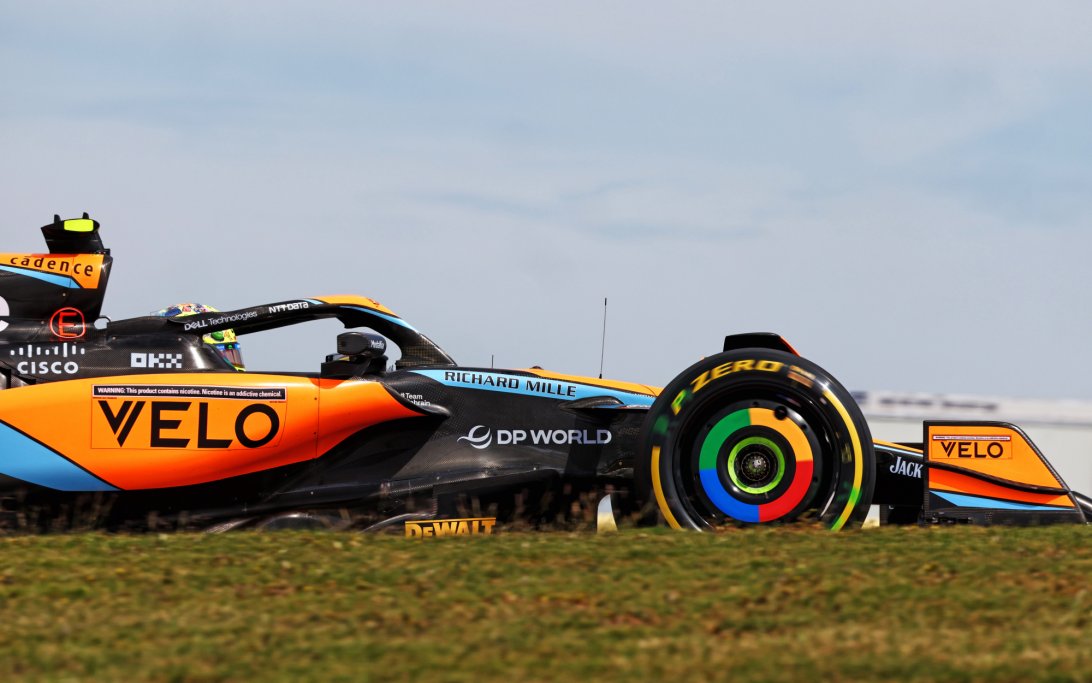
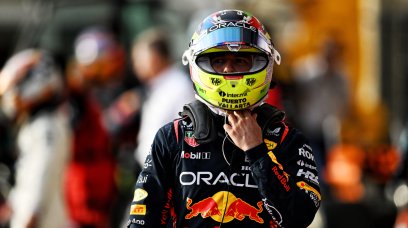
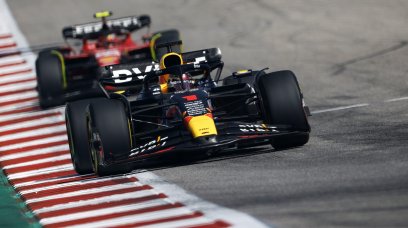
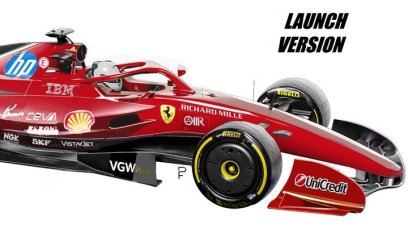
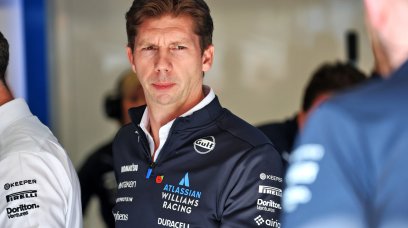
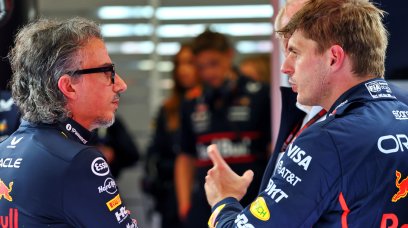
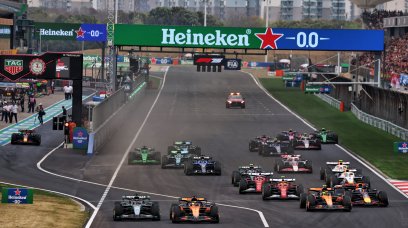
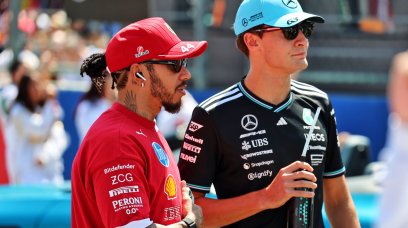

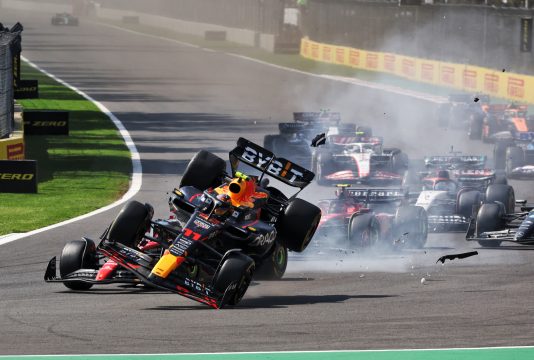
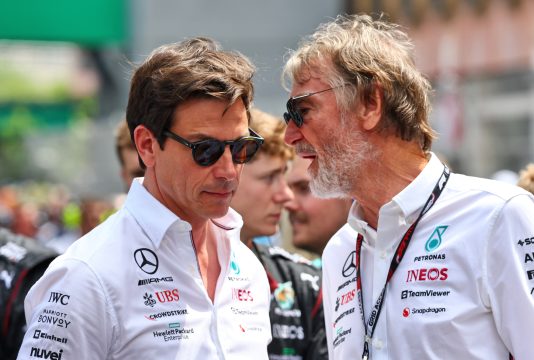

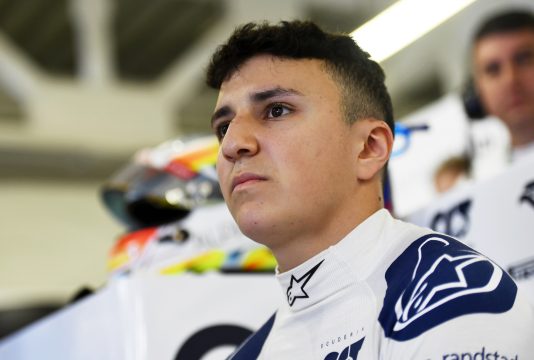
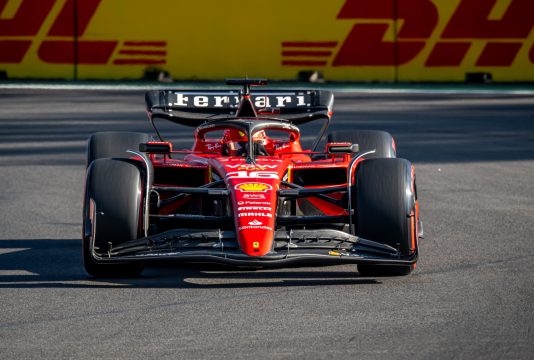
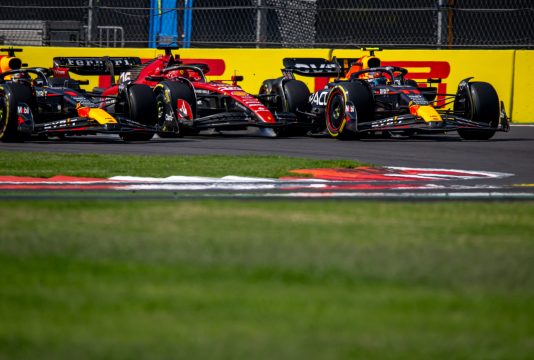
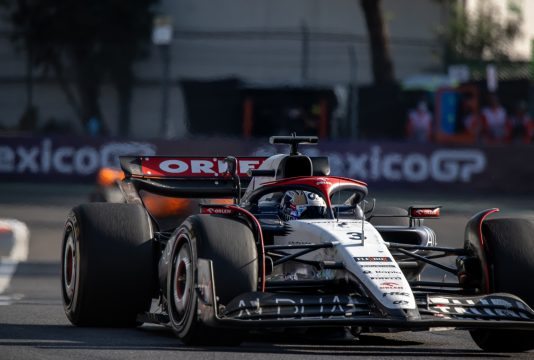
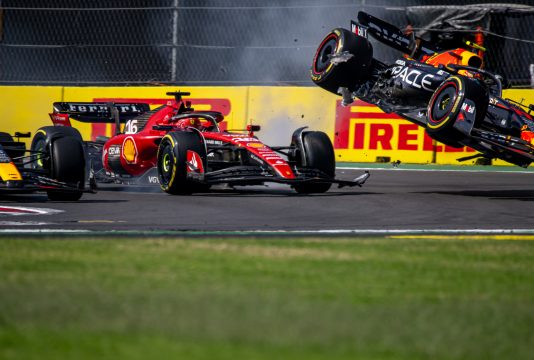
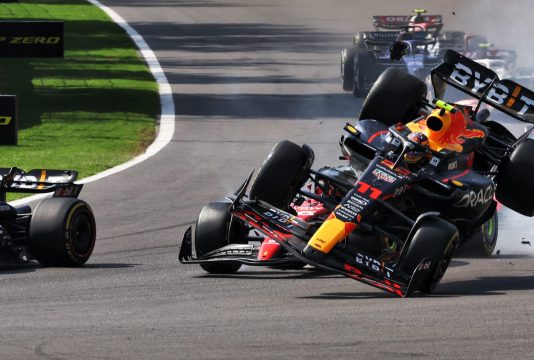
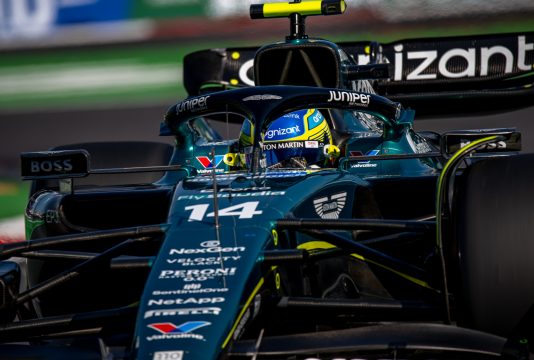

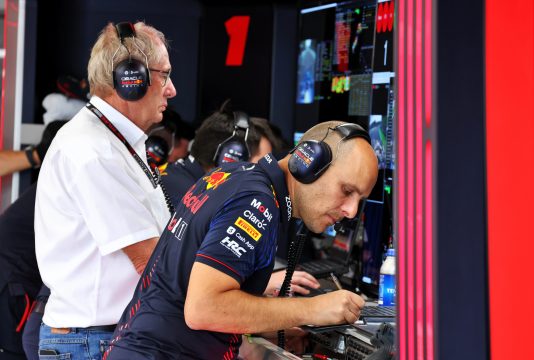
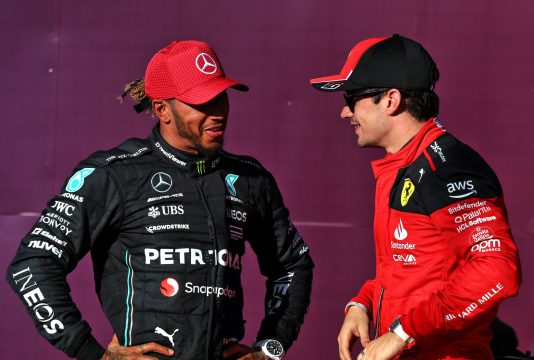
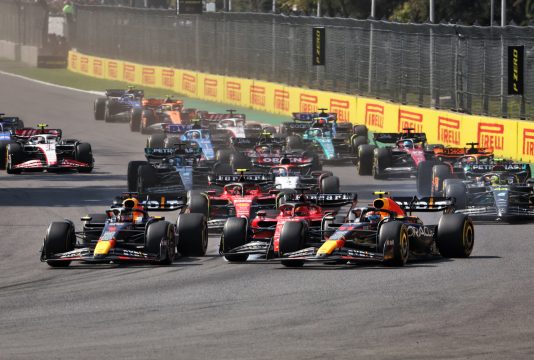
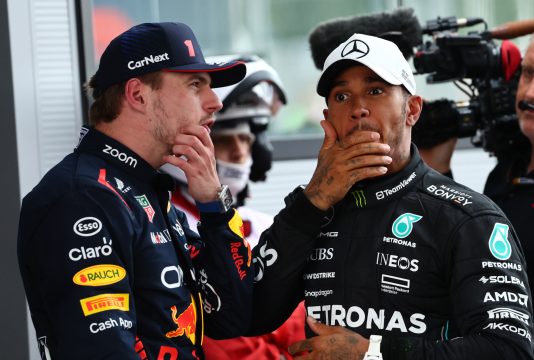

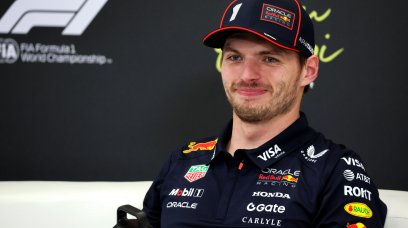
Join the conversation!